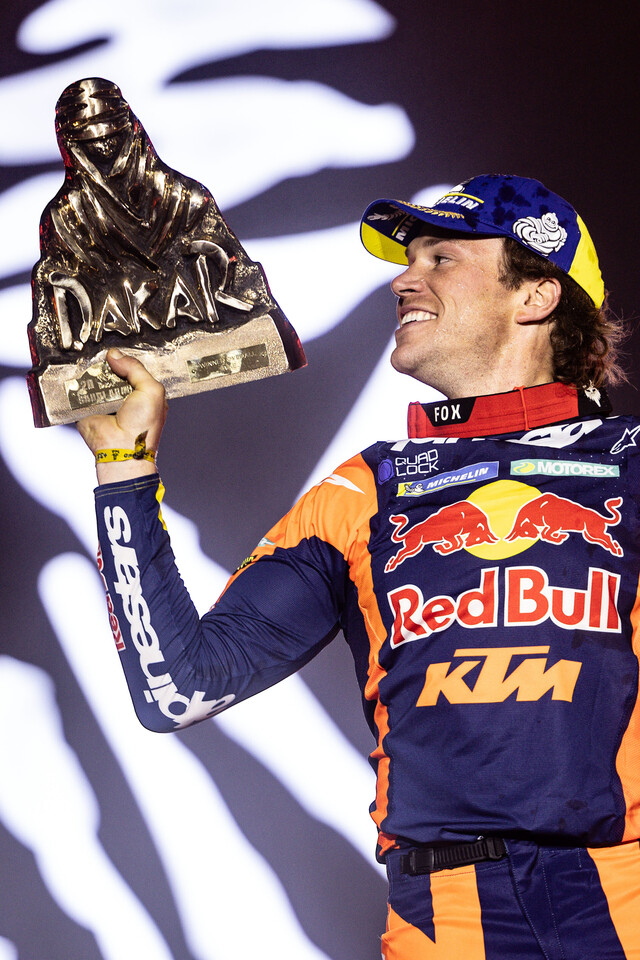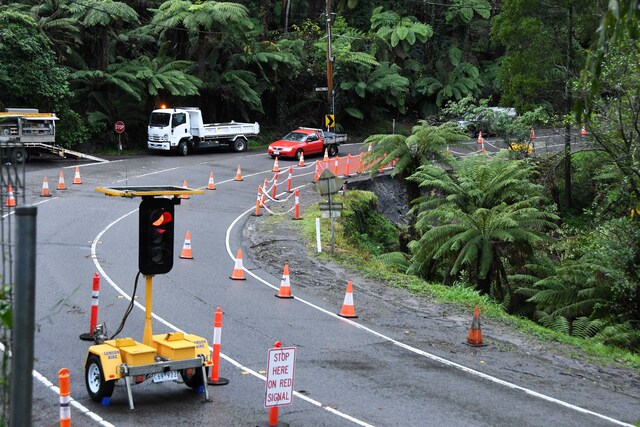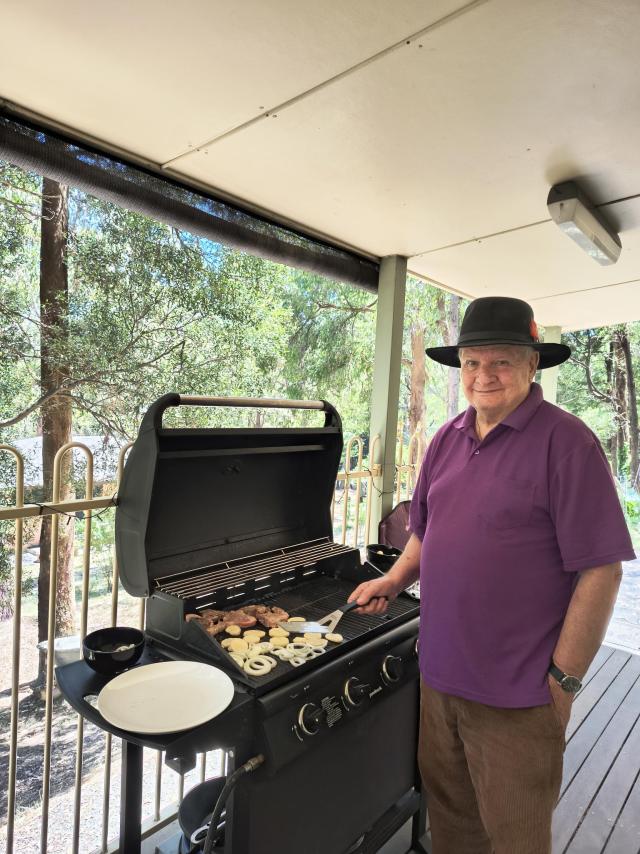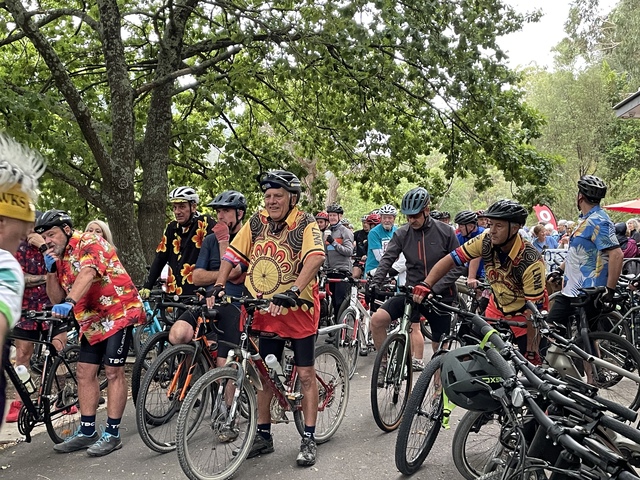By Kath Gannaway
A PROPOSAL by Racing Victoria Limited (RVL) to cut funding for training facilities at Yarra Valley Racing Centre (YVRC) in Yarra Glen has caused an uproar among local trainers.
The RVL announced it would fund only 22 of its current 39 funded training facilities around the state, with more money going to improve facilities at the chosen venues.
Yarra Glen is not among the chosen.
The move is part of a rationalisation by RVL and Country Racing Victoria (CRV) under their Racing to 2020 Victorian Racecourse and Training Facilities Directions Paper presented in December.
The paper examines the future requirements for training, club sustainability and viability and the racing program for the next five to 10 years.
While the industry will have the opportunity to provide its view on the recommendations, Yarra Glen trainer Shane Nichols says they are on the wrong track with their plans to pour big bucks into 20 centres at the expense of grass-roots facilities like Yarra Glen.
Some $10 million is provided to clubs for training maintenance each year and a further $3 million is spent on capital improvements. RVL CEO Rob Hines said that amount would not be reduced, but spent more effectively.
“With 75 per cent of starters in Victoria coming from just 10 training venues, it is important that the funds are allocated where they can have the most impact,” he said.
Mr Nichols is the largest of more than 30 district trainers who use the YVRC training track.
It’s a contribution to racing he says has been recognised just last year by a $350,000 State Government grant for a new work surface.
“That grant (which they are still waiting for) will make us OH&S compliant and cater for capital needs for the next five to 10 years,” he said.
It makes the RVL’s recommendation all the more perplexing.
“Our argument is the government is providing the $350,000 so it’s not going to cost the RVL any money to give us a new track, lighting and all the things we need to go forward,” he told the Mail.
Yarra Glen produces 500 of the state’s 42,000 or so runners each year and according to Mr Nichols, the cost of putting that product on tracks around the state is a pittance, compared to the amount of money the industry turns over and the government reaps from gambling.
The nearest alternative training facilities are located at Cranbourne, Kilmore, Flemington and Seymour, well over an hour from the Yarra Valley and not a viable option for many of the trainers or their staff.
The effect on the local community would be devastating, he said.
“If they discontinue training here people will just walk away. Property values will go down and you can’t just relocate because most of our clients are locals.
“You have 50, 60, possibly 70 staff involved who will just find another line of work,” he said.
“They’re all local people and most are women providing a second income for their families. They are not going to uproot their families to travel two or three hours a day to other facilities.”
Mr Nichols said the rationalisation proposal was short-sighted and ignored the fact that many of the smaller training centres pre-trained and broke in horses which then went on to train at the bigger facilities before racing.
He rejected the option to self-fund the training facility, perhaps forming a trainers’ co-operative.
He said it would simply not be viable, and estimates his contribution at $50,000.
“It’s just not feasible for me, or for the other trainers here,” he said.
The YVRC will know on 14 January whether it has secured the $350,000 grant and then has until 6 February to put in a submission.
They will be putting their case strongly, not just for the local trainers, but for the industry, Mr Nichols says.
“When you chop off the bottom of racing it will affect the top dramatically,” he said.
“I don’t think they’ve taken that into consideration.”
‘Short-sighted’
Digital Editions
-

The Star Mail’s best sports stories of 2025
Sports play a big role in the Upper Yarra, and 2025 saw some incredible feats both locally and nationally. Sanders dominates: In January the Three…





